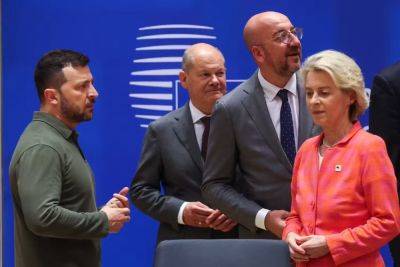Ukraine’s decentralized warfare: the battle of the common person
Russia’s invasion of Ukraine offers an unprecedented case study on the democratization of warfare, particularly in three critical domains: drones, cyberattacks and influence operations.
The accessibility of technology has empowered ordinary citizens to participate directly in modern warfare, reshaping how wars of the future will be fought.
Ukrainian civilians have demonstrated methods that could be followed by citizens in other countries facing similar threats. Military analysts and scholars must understand these trends to prepare for future conflicts, which are likely to incorporate similar decentralized strategies.
For example, if the United States were to engage in a conflict with China over Taiwan, civilians most likely would play active roles both in defending online and in supporting operations on the physical battlefield.
Cyber warfare: the IT Army’s pioneering role
On June 20, 2024, the IT Army of Ukraine – a decentralized group of volunteer hackers – claimed to have launched against Russia’s banking system a distributed denial-of-service attack that it described as the “largest DDoS in history.”
That attack temporarily crippled several Russian banks, causing significant financial disruptions and showcasing the effectiveness of decentralized cyber tactics.
In a hybrid warfare landscape the IT Army has become a key player, operating across both physical and cyber battlefields and redefining modern warfare.
The IT Army was initially formed in early 2022 following a call to arms by Ukraine’s Minister of Digital Transformation Mykhailo Fedorov, who saw the potential of mobilizing civilian hackers to bolster Ukraine’s defenses.
The IT Army’s primary tactic – DDoS attacks, which flood networks with excessive traffic –







